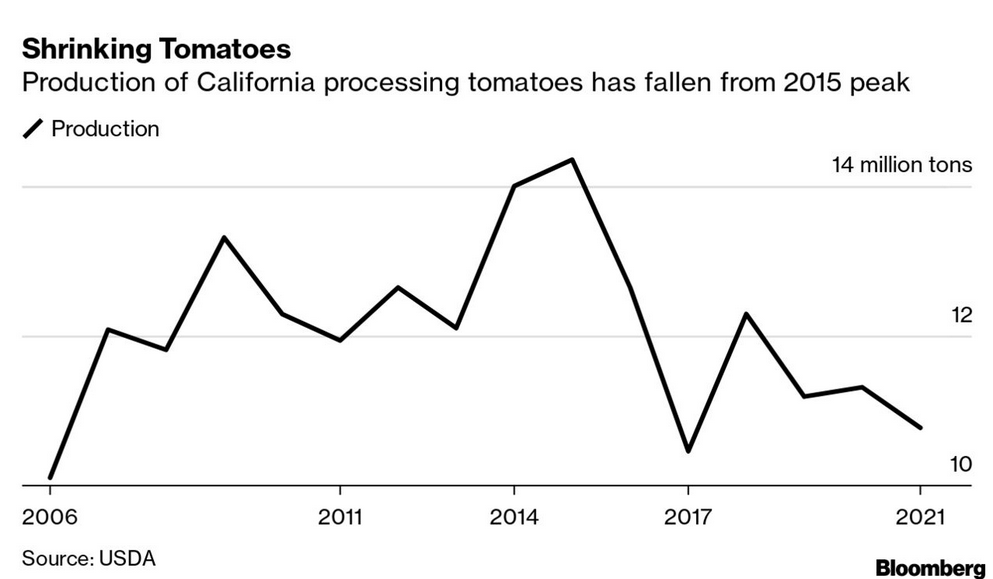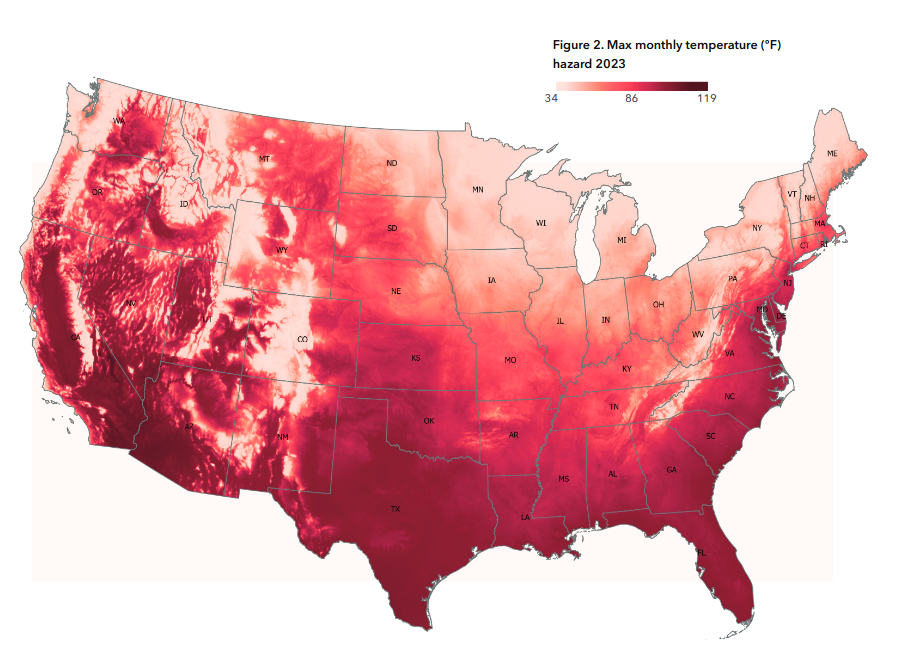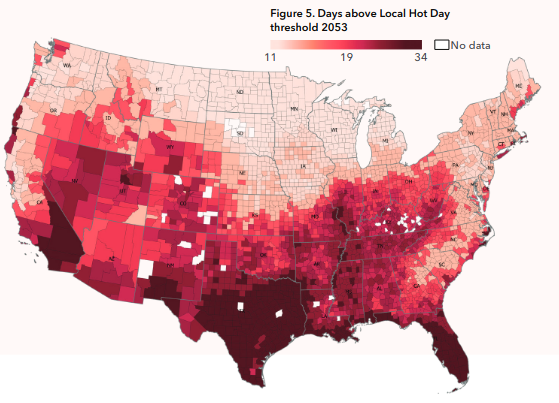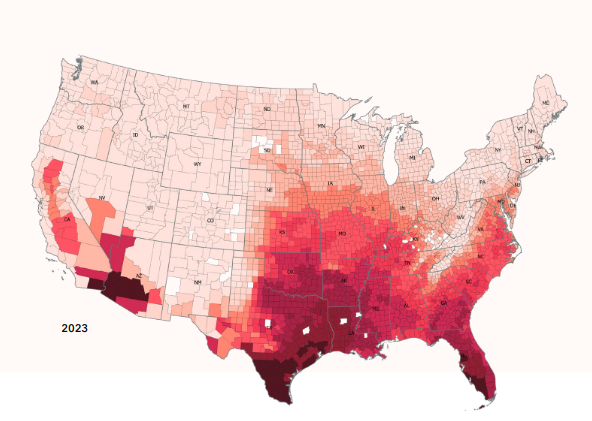August 15, 2022
The USA and Hydrogen
We have been hearing/reading a lot about "Blue Hydrogen" over the previous few years. Hydrogen is supposed to be a clean fuel—and it is when it is burned as it only produces water. However, it really matters how the hydrogen is produced.
Much like your electricity and food, there is a big difference in climate damaging emissions between locally and sustainably produced version and stuff produced through burning fossil fuels.
Blue Hydrogen is a form of hydrogen marketed by the oil and gas sector because it is supposedly produced using natural gas and hiding the exhaust through a type of carbon capture and storage.
Now, we all know that CCC is a fantasy technology in the first place, but it is much worse than that. Blue Hydrogen is actually worse than just burning natural gas for electricity.
Cornell and Stanford University scientists estimate that the carbon footprint of “blue” hydrogen is 20 per cent larger than burning gas directly for heat. (FT)
Hydrogen is also an issue even if you do not burn fossil fuels to make it. "Green" Hydrogen is the hydrogen produced using renewable energy, but it suffers the same problem as "blue" hydrogen. It is not efficient to convert energy into hydrogen and because renewable energy is rather mobile, there is little reason to convert the energy into hydrogen as a storage medium in most cases.
The only areas that it will be of interest is in the production of things that need very high temperatures in industrial production. Specifically, the production of steel.
So, should we be focusing on the transitioning to hydrogen production more broadly? Not when we have limited resources available in the transition to sustainable energy production as we also have to quickly ramp that up. The built-in 20% cost of producing hydrogen—even green hydrogen—is just too expensive.
In the end, the promise of the hydrogen marketing—especially "blue" hydrogen—is just another lie by oil and gas.
Blue Hydrogen is like "clean coal". It doesn't exist.

Where we are with climate and weather
- A peer-reviewed report from First Street Foundation states emerging "extreme heat belt" will impact 107 million Americans by 2053 and many Canadians are in the path.
But, we do not have to wait until 2050 to see these kinds of effects:
In the case of extreme heat, the model finds 50 counties, home to 8.1 million residents, that are expected to experience temperatures above 125°F (39.4°C) in 2023, the highest level of the National Weather Services’ heat index.
The impacts are being felt right now, of course. Large swaths of the world are under intense heat waves and drought conditions.
Last month's sky-hight temperatures hit the polar regions as well:
Scientists have warned that the Arctic is warming four times faster than the rest of the planet, and at a higher rate than previously thought, according to new research, while the Antarctic ice is also diminishing. (FT)
Impacts on farming could not be clearer. Choices of type of crops farmers plant will have impacts on food prices.
- Tomato crops are failing in California—the world's largest producer of tomatoes.
- Mexico is banning beer making in the north of the country as water wells run dry.
- England's Livestock and dairy farmers use up winter feedstocks as climate change brings further extreme weather threats
- UK's potato farmers could suffer a drop in yield of at least 40 per cent.
- England experienced its driest July this year since 1935, and since records began for the east and south east of the country. The government said some rivers were at the lowest levels ever recorded, while the dryness of soils was comparable to the end of the 1976 drought.
- UK's National Farmers’ Union, said water shortages for growers were cutting into yields, in some cases stunting vegetables below the size that supermarkets will accept. “One retailer turned down 60 acres of cauliflowers because they did not meet its specifications. The crop had to be ploughed in,” he said
- milk yields drop by 7% as cows react to the heat in England.
- The Environment Agency warned last month that some rivers could have 50 to 80 per cent less water in summer by 2050 with temperatures 7.4C higher.
- Forest fires in France have undermined all its Carbon mitigation strategies for the year.
Similar situations are being seen across Europe, Latin America with rivers at lowest recorded levels in France and Germany and most of Central and South America coming out of a major drought last year—Brazil faced its worst drought in 91 years and 70% of Mexico in drought conditions.
Crop yields generally need to grow since we are feeding more and more people every year.

Max temperatures reached in the year:

Max sustained temperatures reached:

It is worse than today, but today is still pretty terrible:

The kicker is that all that heat is also leading to increased emissions to deal with the heat:
